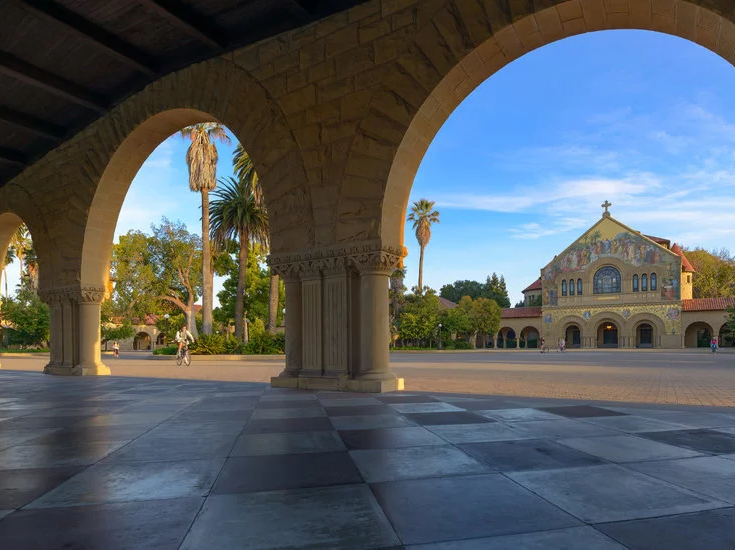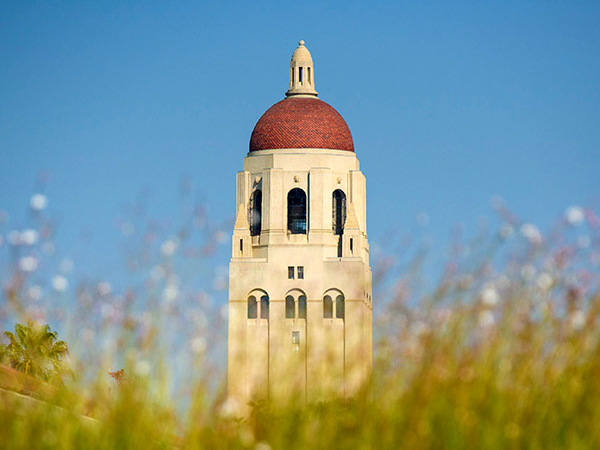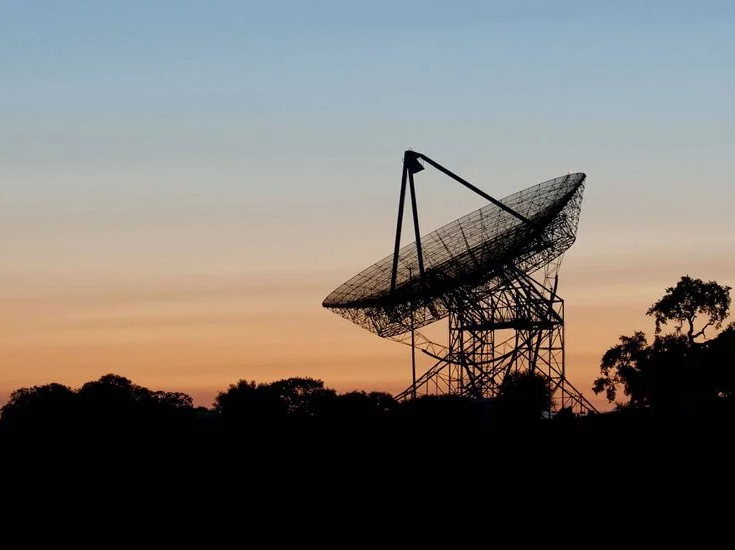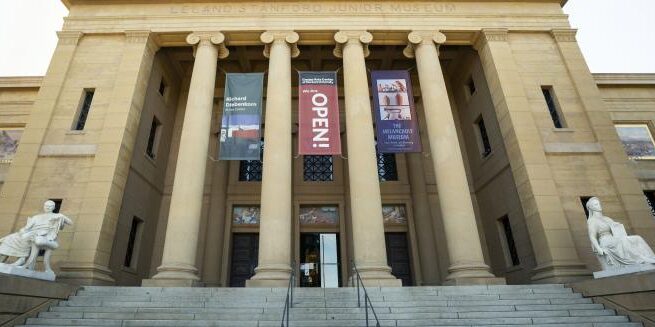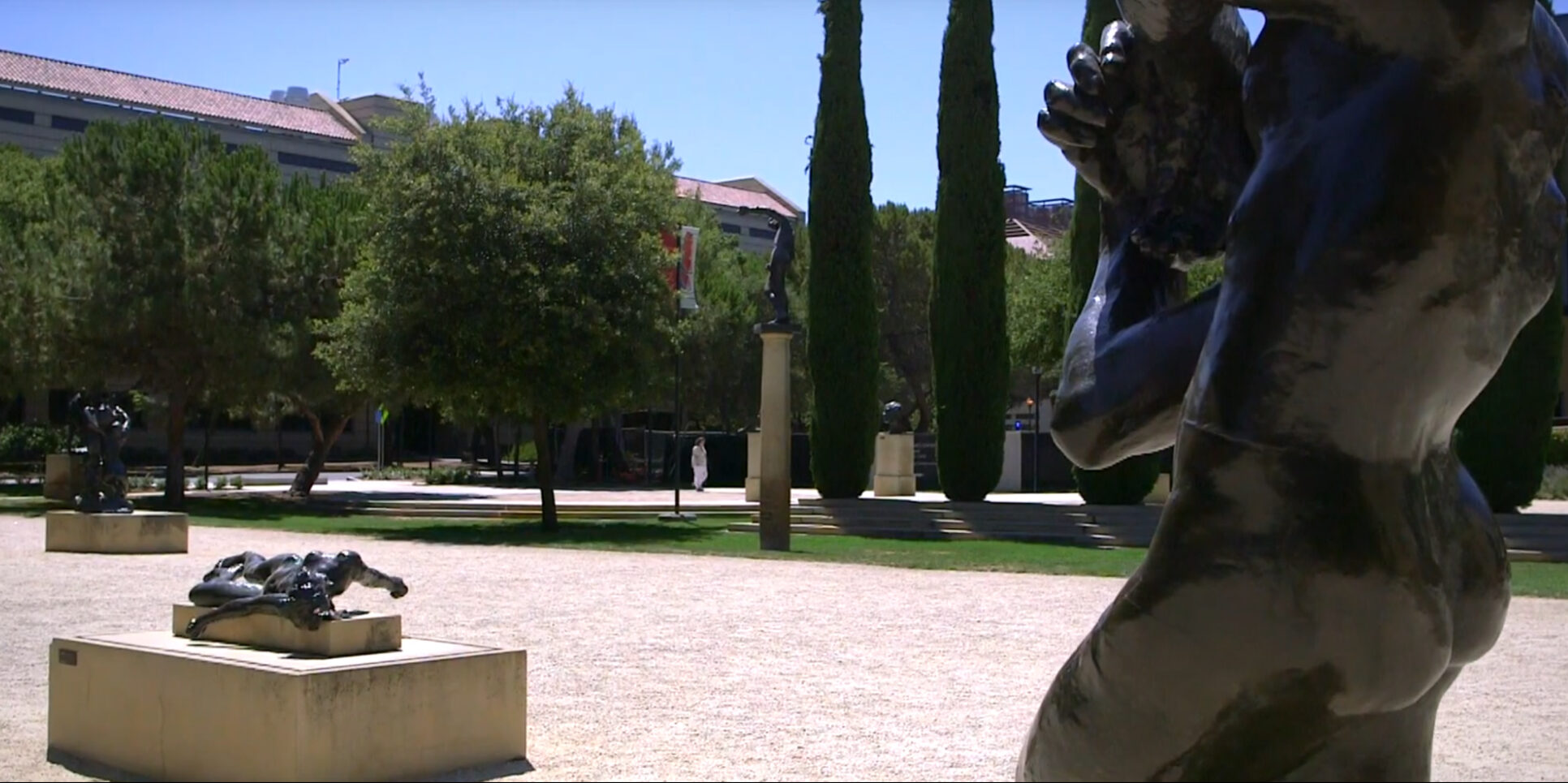Conference venue
This year’s AutoUI conference is to be held at Stanford in sunny California!
We are looking forward to welcoming the AutoUI community to Stanford . Located in the heart of the Bay Area, it is home to 18,000 students and 2,500 faculty members. The university sprawls over 8,000 acres and has its own zip code (94305) within the city of Palo Alto. The campus is a short distance from downtown Palo Alto where several restaurants and shops are located.
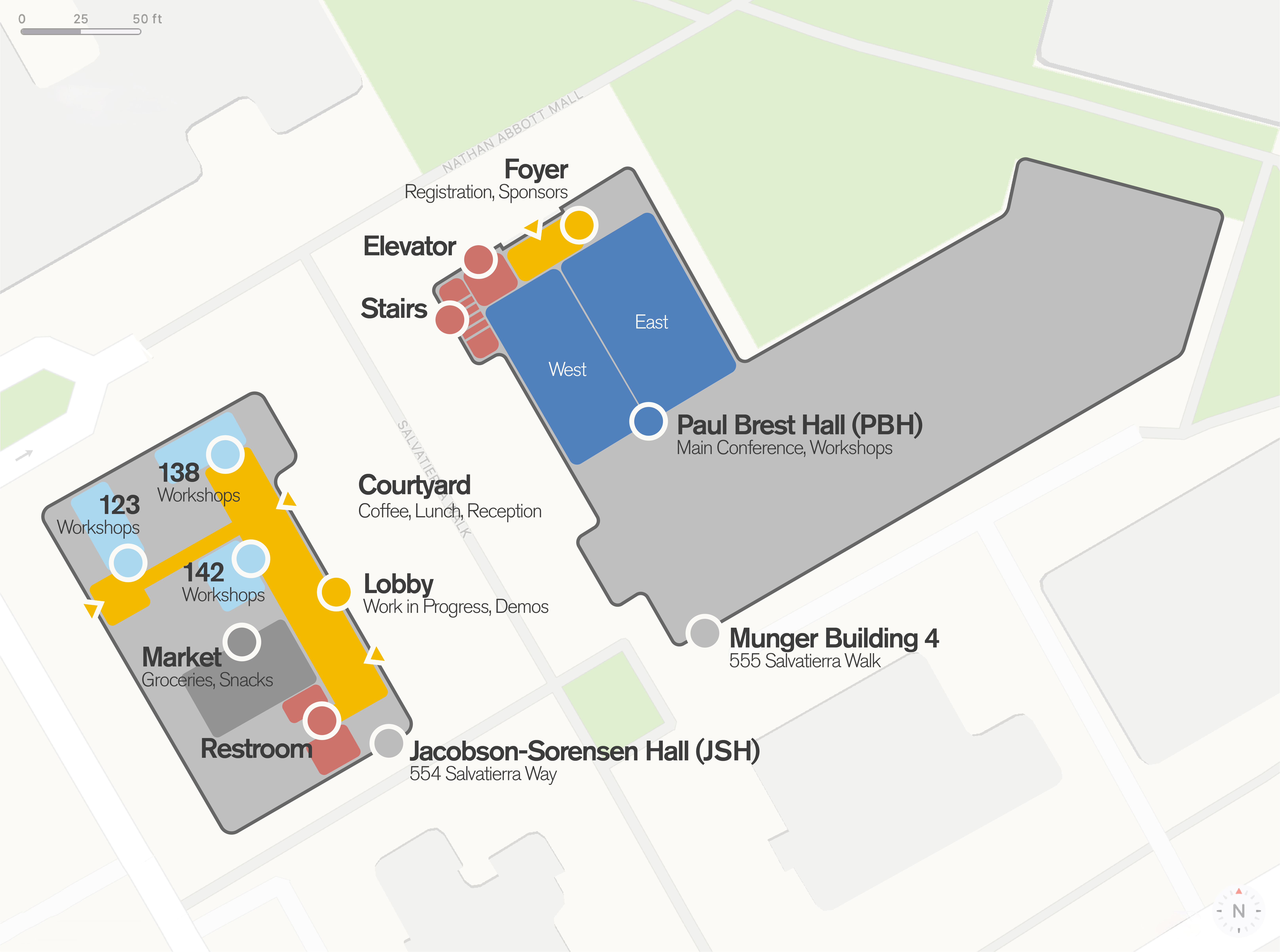
Conference Venue - 1st Floor
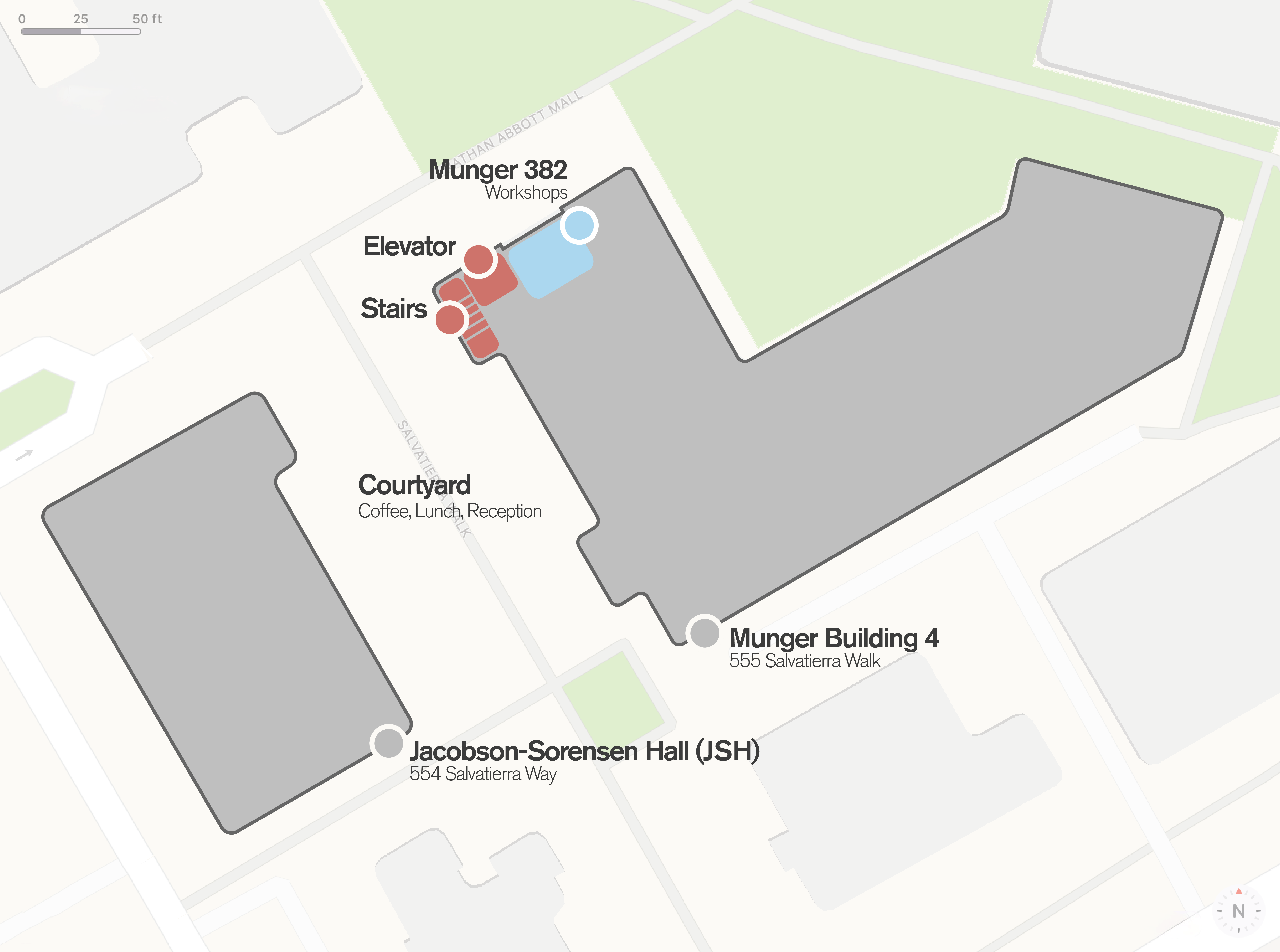
Conference Venue - 3rd Floor


Sights & places you should see
Stanford University is a historic campus and has numerous wonderful sights for visitors. For those interested, a virtual tour of the campus can be found here. Here are some common sights to see.
